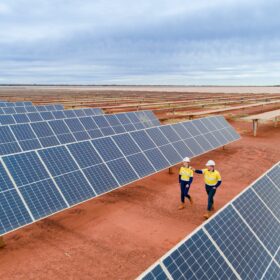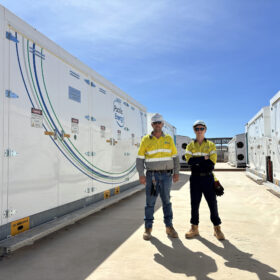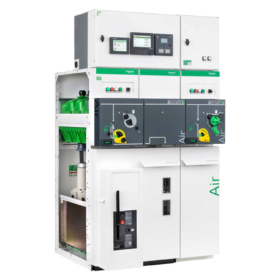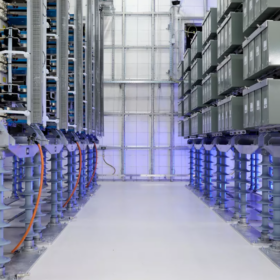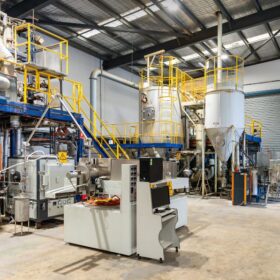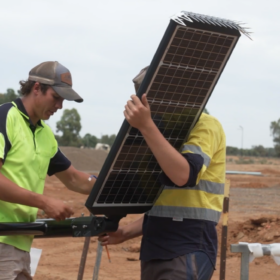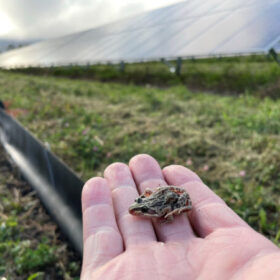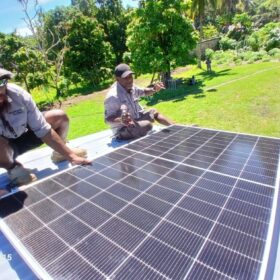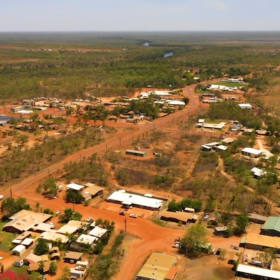Fortescue secures state approval for 644 MW solar hub
Mining giant and renewable energy company Fortescue has received the green light from the Western Australian government for a 644 MW solar farm that is to help power its operations in the state’s Pilbara region.
First year hydrogen powertrain tests eVTOL for emission-free flight
AMSL Aero has released hydrogen fuel cell test results for its vertical takeoff and landing aircraft which is under development at Bankstown Airport in New South Wales for the purpose of decarbonising essential air services such as medical transfers.
8 MWh battery system to help power WA lithium project
An 8 MWh battery energy storage system is now helping power one of the largest hard-rock lithium mines in the world with Western Australia-based miner PLS advancing its plans to reduce its energy-related emissions intensity and costs.
Green switchgear supports Victorian university’s net zero target
Schneider Electric is supporting La Trobe University in Melbourne to achieve a net zero emission target with the installation of it’s green air-based switchgear, that maintains operation without greenhouse gases.
Hitachi Energy to power New Zealand grid project’s second stage
Japan-headquartered technology company Hitachi Energy is supplying static synchronous compensators to the second stage of a grid transformation project on New Zealand’s North Island.
Livium subsidiary broadens recycling agreement with EV major
Livium’s battery recycling subsidiary Envirostream Australia has signed a new agreement with the Australian arm of Chinese manufacturing conglomerate BYD that broadens the scope of previously agreed services to include the recycling of commercial vehicle batteries and energy storage systems.
Off-grid solar street lighting delivers control of energy assets for local council
Melbourne-based off-grid public solar lighting provider Leadsun has collaborated with a New South Wales local council to install off-grid public solar street lighting in a new residential development.
New biodiversity toolkit helps solar farm developers fast-track projects
New South Wales-based biodiversity offset provider Thesium has launched a new product designed to help solar farm developers de-risk and accelerate their projects, which includes a credit feasibility analysis and board-ready stakeholder documentation.
Remote Vanuatu healthcare centres fitted out with rooftop solar
Australian government initiative REnew Pacific in partnership with disaster relief organisation Respond Global are installing 20 off-grid solar power systems and refurbishing 20 additional health facilities in Vanuatu, to enable reliable 24/7 electricity in some of the island nation’s most remote communities.
Remote community microgrid to remove 1.2 million litres of diesel
Further reducing their reliance on diesel fuel and pre-paid power cards, the remote Northern Territory community of Borroloola in the state’s Gulf Country is building a microgrid called the Ngardara Project, to enable affordable, reliable power for it’s residents.
